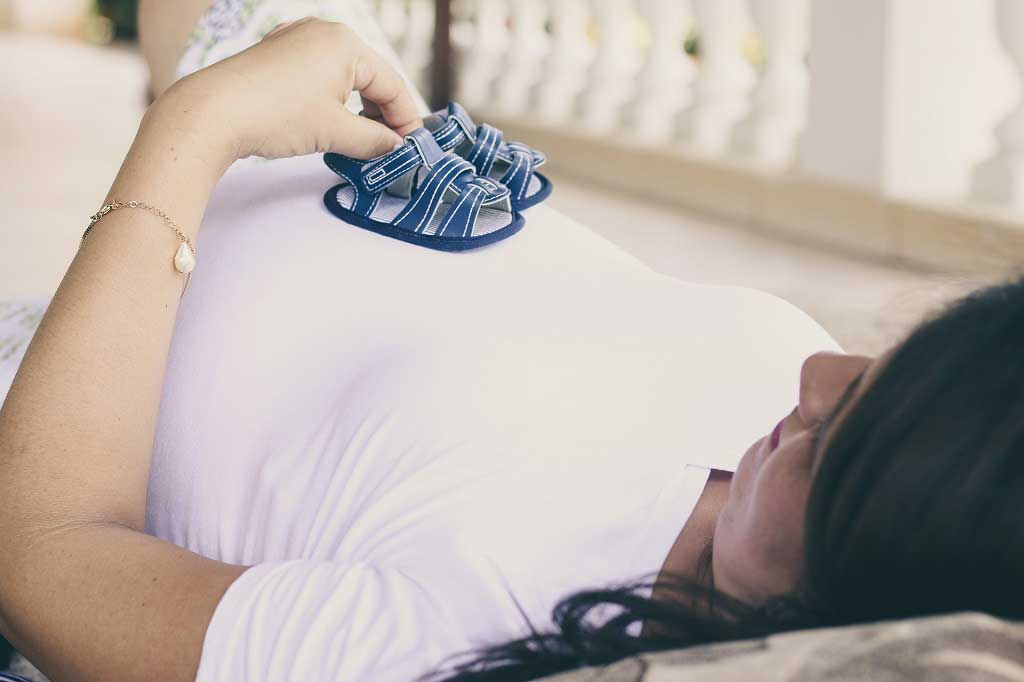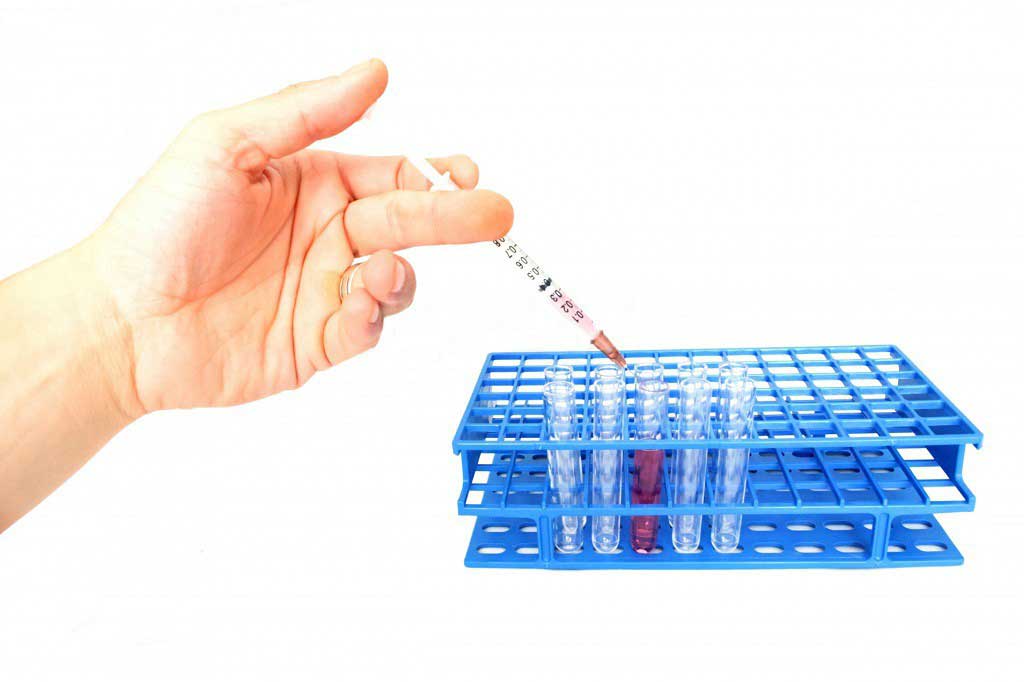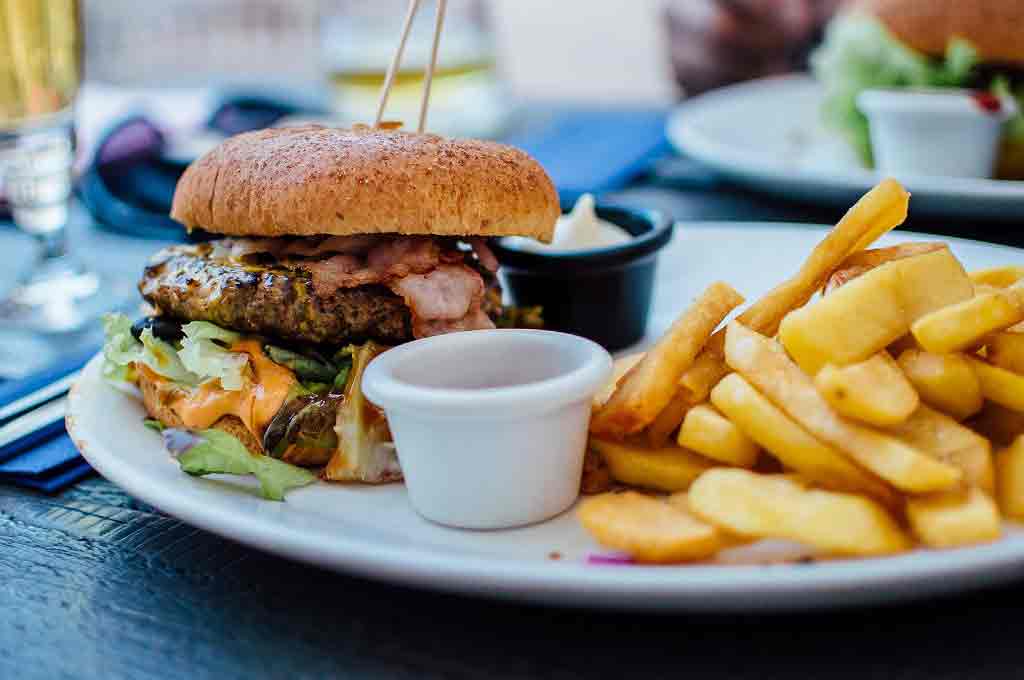Shingles
Treatment
Treatment for shingles can help ease your symptoms until the condition improves. In many cases shingles gets better within around two to four weeks.
However, it's still important to see your GP as soon as possible if you recognise the symptoms of shingles.
Early treatment may help reduce the severity of the condition and the risk ofpotential complications.
Self-care for shingles
If you develop the shingles rash, there are a number of things you can do to help relieve your symptoms, such as:
- keeping the rash as clean and dry as possible this reduces the risk of the rash becoming infected with bacteria
- wearing loose-fitting clothing this may help you feel more comfortable
- not using rub-on (topical) antibiotics or adhesive dressings such asplasters this can slow down the healing process
- using a dressing that won't stick to the rash (non-adherent) if you need to cover the blisters thisavoids passing the virus to anyone else
Calamine lotion has a soothing, cooling effect on the skin and can be used to relieve the itching.
If you have any weeping blisters, you can use a cool compress a cloth or flannel cooled with tap waterseveral times a day to help soothe the skin and keep blisters clean.
It's important to only use the compress for around 20 minutes at a time and stop using them once the blisters stop oozing.
Don't share any cloths, towels or flannels if you have the shingles rash.
Staying off work or school
You only need to stay away from work or keep your child off school while:
- the rash is oozingfluid (weeping) and can't be covered
- you or your child are feeling unwell
If the rash is only on your body and can be covered by clothing, there's little risk of passing the infection onto others.
Antiviral medication
As well as painkilling medication, some people with shingles may also be prescribed a course of antiviral tablets lastingseven days.
Commonly prescribed antiviral medicines include aciclovir, valaciclovir and famciclovir.
These medications can't kill the shingles virus, but can help stop it multiplying. This may:
- reduce the severity of your shingles
- reduce how long your shingles lasts
- prevent complications of shingles , such as Postherpetic neuralgia (although the evidence for this is uncertain)
Antiviral medicines are most effective when taken within 72 hours of your rash appearing, although they may be started up to a week after your rash appears if you're at risk of severe shingles or complications.
Side effects of antiviral medication are very uncommon, but can include:
- feeling sick
- vomiting
- diarrhoea
- tummy (abdominal) pain
- headaches
- dizziness
Who may be prescribed antiviral medication?
If you're over 50 years of age and have symptoms of shingles , you'll usuallybe prescribed an antiviral medication.
You may also be prescribed antiviral medication if you have:
- shingles that affects one ofyour eyes
- a weakened immune system
- moderate to severe pain
- a moderate to severe rash
Pregnancy and antiviral medication
If you're pregnant and have shingles, it's likely your GP will discuss your case with a specialist to decide whether the benefits of antiviral medication significantly outweigh any possible risks. Shingles won't harm your unborn baby.
If you're under 50 years of age, you're at less risk of developing complications from shingles.
You may not need antiviral medication, unless the pain can't be controlled by over-the-counter painkillers.
Antiviral medication is good at controlling pain in the first week or two of the rash.
Children and antiviral medication
Antiviral medication isn't usually necessary for otherwise healthy children because theytend toonly experience mild symptoms of shingles and have a small risk of developing complications.
However, if your child has a weakened immune system, they may need to be admitted to hospital to receive antiviral medication directly into a vein (intravenously).
Painkilling medication
To ease the pain caused by shingles, your GP may recommend painkilling medication.
Some of the main medications used to relieve pain associated with shingles are described below.
Paracetamol
The most commonly used painkiller is paracetamol , which is available without a prescription.
Always read the manufacturer's instructions to make surethe medicine is suitable and you're taking the correct dose.
Non-steroidal anti-inflammatory drugs (NSAIDs)
Non-steroidal anti-inflammatory drugs (NSAIDs) , such as ibuprofen , are an alternative type of painkilling medicine also available without a prescription.
However, NSAIDs may not be suitable if you:
- have stomach, liver or kidney problems, such as a stomachulcer , or had them in the past
- have asthma
- are pregnant or breastfeeding
Ask your GP or pharmacist if you're unsure about whether you should take NSAIDs.
Opioids
For more severe pain, your GP may prescribe an opioid, such as codeine. This is a stronger type of painkiller sometimes prescribed alongside paracetamol.
Occasionally, your GP may consider seeking specialist advice before prescribing an evenstronger opioid, such as morphine.
Antidepressants
If you have severe pain as a result of shingles, you may be prescribed an antidepressant medicine.
These medicationsare commonly used to treat depression , but are also proven to be useful in relieving nerve pain.
The antidepressants most often used to treat shingles pain are known as tricyclic antidepressants (TCAs).
Examples of TCAs most commonly prescribed for people with shingles are amitriptyline, imipramineand nortriptyline.
Side effects of TCAs can include:
- constipation
- difficulty urinating
- blurred vision
- dry mouth
- weight gain
- drowsiness
If you have shingles, you'll usually be prescribed a much lower dose of TCAs than if you were being treated for depression.
This will usually be a tablet to take at night. Your dose may be increased until your pain settles down.
It may take several weeks before you start to feel the antidepressants working, although this is not always the case.
Anticonvulsants
Anticonvulsants are most commonly used to controlfits (seizures) caused by epilepsy , but they're also useful in relieving nerve pain.
Gabapentin and pregabalin are the most commonly prescribed anticonvulsants for shingles pain.
Side effects of these medications can include:
- dizziness
- drowsiness
- increased appetite
- weight gain
- feeling sick
- vomiting
As with antidepressants, you may need to take anticonvulsants for several weeks before you notice it working.
If your pain doesn't improve, your dose may be gradually increased until your symptoms are effectively managed.
Introduction
Shingles, also known as herpes zoster, is an infection of a nerve and the skin around it. It is caused by the varicella-zoster virus.
Treatment
Read about treatments for shingles, which can help ease your symptoms until the condition improves.
Complications
Read about complications of shingles, which are more likely if you have a weakened immune system or are elderly.







 Subscribe
Subscribe Ask the doctor
Ask the doctor Rate this article
Rate this article Find products
Find products